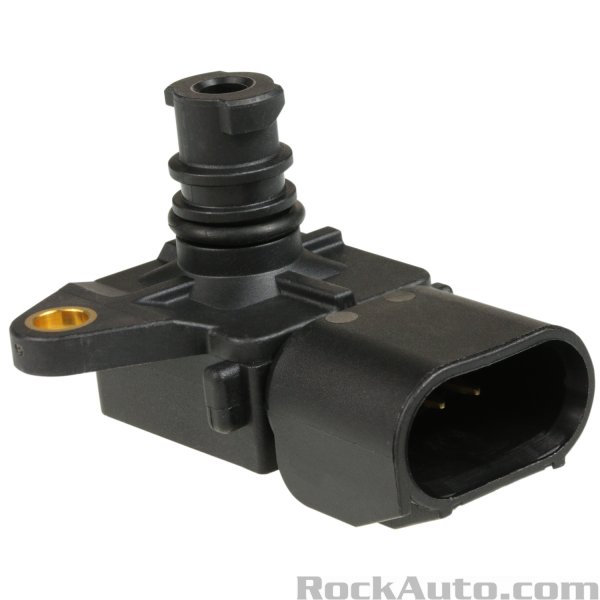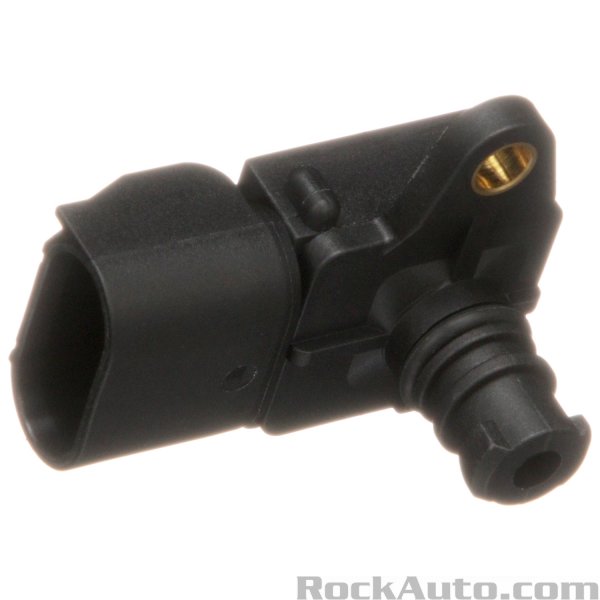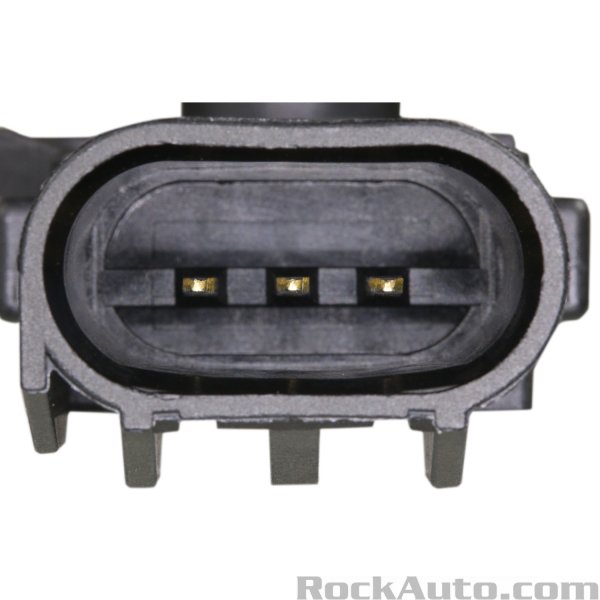-
Posts
1,851 -
Joined
-
Last visited
-
Days Won
188
Content Type
Profiles
Forums
Gallery
Everything posted by John/Horace
-
Need to pull fuel pump relay and leave coils unplugged for compression test. But first Put a engine stethoscope or a long screwdriver in #2 injector, should feel and hear clicking when car is running. Bad injector is rare but possible. Node light plugged in harness will prove signal from ECM. Bad Intake manifold gasket possible.
-
Welcome to forum. So plug was replaced at least once with a new one ( it’s rare but new plugs can fail right away) and coil was replaced? Need to test compression in cyclinder two at a minimum, all four is best, more accurate with all plugs removed. Wet and dry test, table spoon of oil in the cyclinder. How many miles on the vehicle? If compression is decent and plug changed at least once and coil. Plastic intake manifold could be cracked or more likely the gasket or gaskets that seal against engine are faulty allowing extra air and a lean condition.
-
What is ecu doing ? I think it is are separate from TPMS completely.
-
Welcome to forum. They say you can’t do it, Mitchel etc say that. Guy on this site did do it if you search . Have to be creative and remove exhaust I think, so head can be removed. Curious, how many miles on engine.
-
Interesting, didn’t know this. Troubleshooting tips Oversized Rims If you notice interference of your TPMS signal, it could be due to oversized rims which can cause RF signal interference.
-
We knew it was the part, we really didn’t need her conforming that, but repair info would have been useful. Almost guaranteed car is running as a two wheel drive vehicle now. I did that on my 300k Jeep for 6 months before selling it. Here is new shaft for $700 Canadian pesos, can be picked up in Hamilton to avoid $68 for shipping. Oem part. A lot of companies sell only full shaft assembly, common occurrence now. https://www.moparpartscanada.ca/oem-parts/mopar-propeller-shaft-5157005af/?c=Zz11bml2ZXJzYWxzLWFuZC1yZWFyLWF4bGUmcz1kcml2ZS1heGxlcyZpPVRLMDk3MzU1JnI9OCZhPWRvZGdlJm89am91cm5leSZ5PTIwMTQmdD1yLXQmZT0zLTZsLXY2LWZsZXg%3D
- 18 replies
-
- 2009 dodge journey
- help
-
(and 2 more)
Tagged with:
-
That’s why torque settings have a plus minus. Sometimes on high settings like axle nuts, it’s 25 pds range. Its hard to have exact setting, even lube on threads creates a variance. When I built aircraft decades ago (where you signed your initials along with inspector on certain completed jobs) the torque wrenches were calibrated once a week in the tool crib by instrumentation Tec’s. Harbour Freight/Princess Auto versus Snap On or Starret or Mitotoyo, not the same confidence level. Aluminum rims always need a 50 mile retorque; few heat cycles and aluminum creates potential variance.
-
You would feel vibration if rotor run out is too much when applying pedal. Torque wrenches can go out of range but can be recalibrated fairly easily; remove cap on end of handle there’s adjustment. Important to store them at the lowest setting, not leave them at a high setting.
-
They say you have to remove front exhaust to change starter on the 3.6;, but there are clips of people removing engine mount and changing it out. Alldata not always correct I have heard. Did ptu have to be removed on awd 3.6 cps sensor change?? Good information for the site.
-
Still can’t find this mystery antenna, anyone have a pic and part number? Must be integrated like OP says. https://www.moparpartscanada.ca/auto-parts/2014/dodge/journey/r-t-trim/3-6l-v6-flex-engine/electrical-cat/tire-pressure-monitor-components-scat
-

Intermittent battery drain
John/Horace replied to Wilsonk uk's topic in Electrical, Battery & Charging
Welcome to forum. You need to confirm a few things. Parasitic load needs to be measured when car is not running. Remove positive terminal under hood, set meter to milliamperes and see how much is drawing after watching meter for around 2 minutes and ecm has gone to sleep mode. Should be around 100 to 175 milliamps. Switch meter back to dc volts and measure power at battery with car running, should be around 14 to 14.5 volts. Then turn on most accessories, voltage should stay above 13 volts if alternator is decent. -

Battery Tray Corrosion.....
John/Horace replied to brwengel's topic in Electrical, Battery & Charging
Is that the old tray or a used replacement. If battery is replaced that often obviously something wrong with charging system or you have a bunch of aftermarket stuff dragging down charging system. -
Slightly warped rotors most likely. When it gets worse you will feel through brake pedal as well. Warped fronts tend to be magnified through steering. No one just removes rotors and machines them now. New rotors will be needed. The shudder accelerates pad wear and they will gradually warp more. Getting close to needing new rotors and pads soon.
-
The tire with the most weights should go to passenger rear location when you first install newly balanced tires. Farthest from drivers seat basically.
-
I ve had perfectly good looking tires make a car drive like hell before.
-
I think 7 thou is the rotor and wheel bearing play added together. Seems reasonable. If rotors are warped they pulse when brake pedal is applied during high speed stopping. Tires can be balanced ok but if belts are crossing internally you can still get pulsing etc. Does it do the same thing with your winter tires? Can you get another set of tires on car to test this theory.
-

2011 Journey wont start
John/Horace replied to Ojkc's topic in Alarms, Keyless Entry, Key Fobs, Locks & Remote Start
Passenger side in front below dash is a fuse panel, wedge your head down there and there is a small fuse, 15 amp I think. F121 it will show on back of fuse panel cover , won’t say push button, wireless ignition module. If that fuse is blown the push start won’t work. If fuse is ok, probably battery issue. Getting good ground for jump starting, critical. Get someone to hold and press cables on remote jump contacts. While you press button on dash. -
Has fluid and filter been changed yet in transmission. If you are still in warranty get problem documented on paper in case failure just outside warranty. I think tranny temp should stay a few degrees less than engine oil, not higher in temperature.
-
Yes good idea. The remote terminals show a drop of about 0.2 -0.3 from top terminals on battery in fender. Normal full battery day after sitting approx 12.7-12.8 on top terminals. So you won’t get that under hood even scratching with sharp meter probes.
-
A business with a conscience...getting harder to find. Post good feed back for sure.
-
How many miles on vehicle. Could be as simple as abs wheel sensor or as major as a seizing diff or transfer case run with out enough oil in it, from a small leak that wasn’t noticed.
-

Left front clearance lights won't go off.
John/Horace replied to dhenderhan's topic in Electrical, Battery & Charging
Weird. Left front means driver front side away from hvac fan correct. Fan control relay resister usually lose a few speeds and eventually you have just full speed straight battery voltage. But it is possible for full failure I think. Rock-auto only list the rear fan speed resistor as a stocked part, front must rarely fail since they are one of bigger on line sites. Fan should run if given ground and power with plug unhooked. That would point to relay problem. -
There are variable displacement compressors that still have a clutch. Older units. https://www.bobistheoilguy.com/forums/threads/traditional-clutch-type-a-c-compressor-vs-variable.292066/#post-4800917





